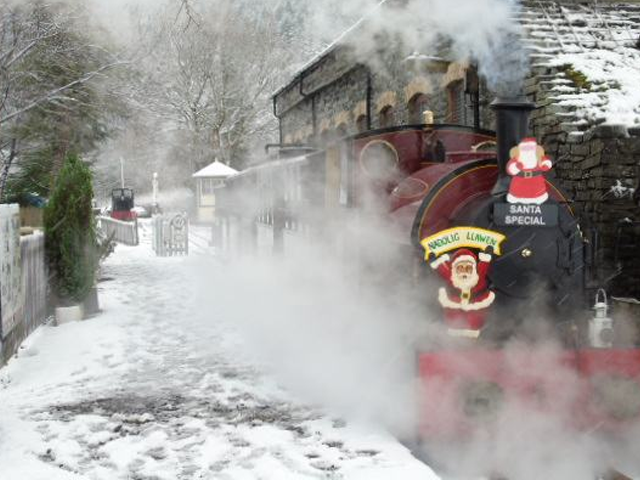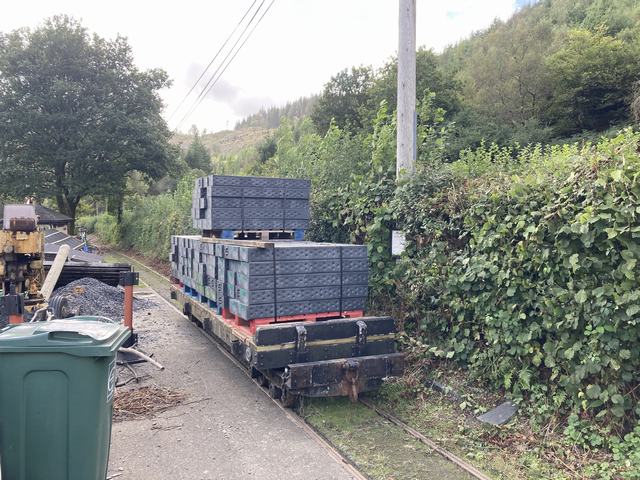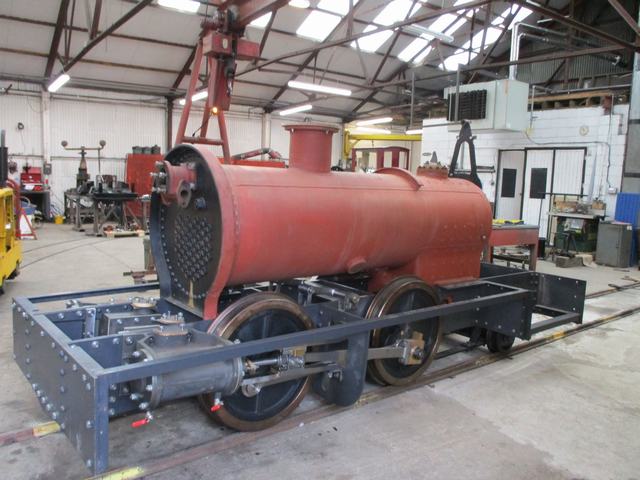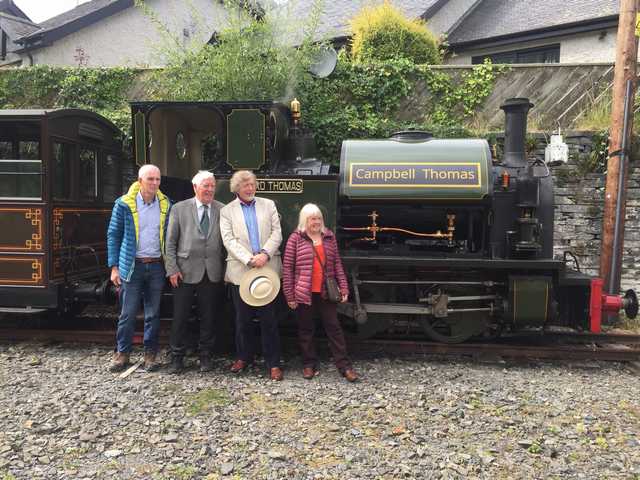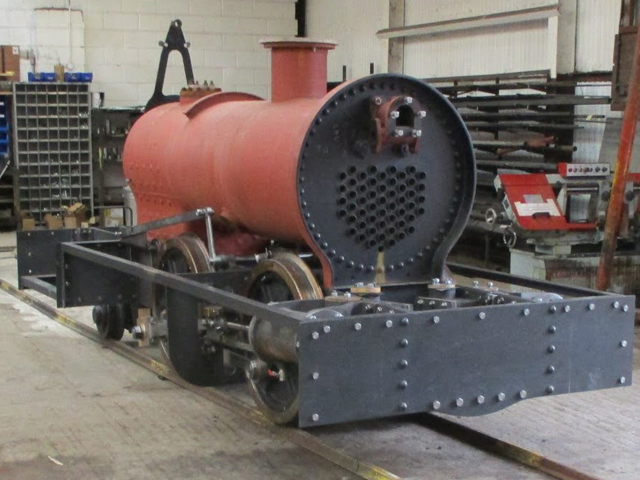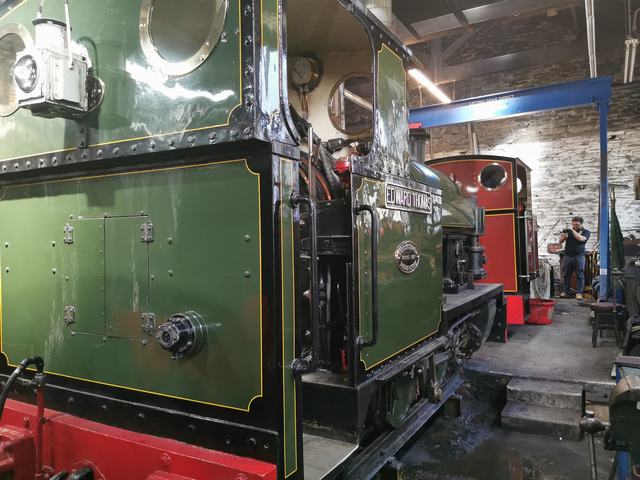Following on from the first operation of the wheels and motion of Corris new-build 0-4-2ST No. 10 at Alan Keef’s, courtesy of compressed air, on June 25th work has continued both by Keef’s and Corris Railway Society volunteers.
After running on air, the next job was to fully fit the volunteer-built trailing truck to the loco, involving making up the pivoting slide block that transfers some of the loco’s weight to the truck, fitting the pivot stretcher and side control spring brackets to the frame plates.
After that one of the next jobs was to trial fit the boiler for the first time and this has also been done now so really two major milestones have been achieved in quick succession.
The boiler fitted its space correctly which was expected, given the calibre of the people who have carried out the work this far. (The boiler was drawn up by Graham Morris and built at Israel Newton’s as one of the first main parts to be made in 2012). There was a minor problem of clearance on a couple of inside motion links but this was soon sorted with Corris volunteer Jack Evans providing the photos and measurements that Patrick Keef needed from Loco No. 3 at the Talyllyn Railway. Thanks go to the TR for their ongoing help.
Up-to-date photographs can be viewed on the Corris Railway website in the photos section and the loco running on air in the videos section, or they can found on the Google photo page where Keefs upload progress photos at https://www.corris.co.uk/keef
Another area of the build currently being tackled is the brake system. So far the parts have been made by volunteers but will now become a joint effort with Keef’s fitting the parts already made. Ian Cross is taking the lead and doing most of the machining, Bob Hughes and Chris Kirkham have machined the three cross shafts and Ade Britchford has welded up all of the components so far. The first batch are parts of the linkage from the handbrake in the cab, which along with the previously cast brake stand mean that after the necessary footplating has been made, these parts can be fitted to the loco and then work will progress in a forward direction.
In his Nottingham workshop another CRS volunteer, Andy Cooper, has made a start on assembling the cab which is going well, again because of the quality of the work so far. Graham Morris designed the cab earlier in the project as a compromise between the original Corris style features but taller than original to accommodate 21st century footplate crews. Graham French took this forward with his own surveying of the built frames and details taken from the existing remnants of No. 3’s 1930’s cab to produce the current C.A.D. drawings of the loco from which working drawings of the cab can be lifted. The end result is that Andy took delivery of a set of steel plates, laser cut to shape with a combination of square holes where needed and round pilot holes elsewhere for the front, rear and sides of the cab. So far all appears to be spot on so that he had what he regards as the relatively simple job of supplying some angle and flat section steel which are cut, shaped and in a few cases welded and then drilled as appropriate to bolt the panels together.
The most demanding part of cab construction so far has been to create the opening fireman’s side panel to make access for coaling up at Maespoeth Junction easier. Not wanting to weld a couple of big ugly hinges to the outside, the aim is to make the hinge part as unobtrusive as possible from the outside so it has been made from scratch.
Eventually most of the parts will be riveted together but for now bolted is more practical. When all of the sub-assemblies have been made the intention is to take everything to Keef’s to be trial fitted, modified as necessary and details worked out for the bunkers, which apart from coal space will be used to accommodate the air brake system and communication system parts.
As always the date of the entry of No. 10 into traffic in the Dulas Valley and on the extended section of running line depends on the rate of fund raising. Online donations can be made via www.corris.co.uk or cheques payable to Corris Railway can be sent to Peter Guest, 38 Underwood Close, Callow Hill, Redditch, Worcestershire, B97 5YS.
Photograph courtesy of Alan Keef Limited.

